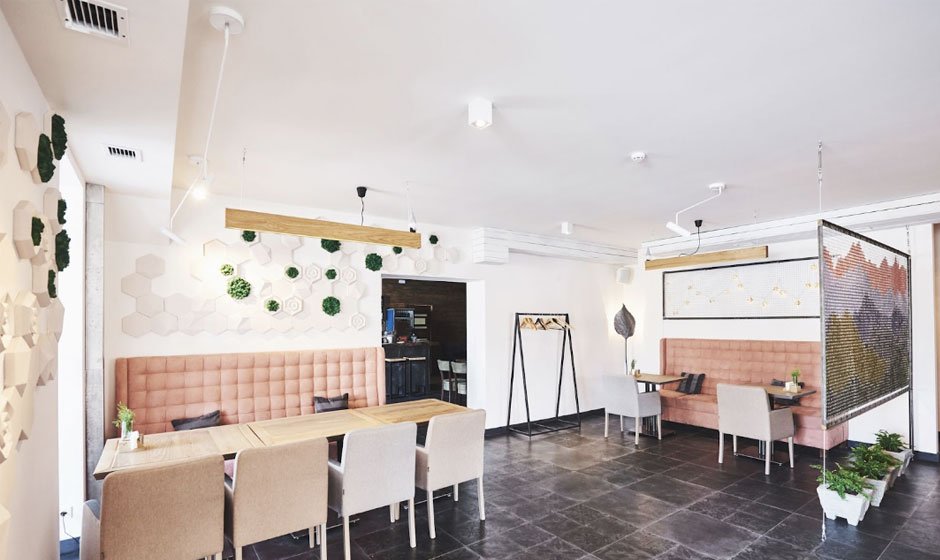
Lighting Lapses: Creating Ambiance is about harnessing the power of light to create immersive and evocative atmospheres. Imagine stepping into a room where the light subtly guides you, setting the tone for relaxation, excitement, or contemplation. This isn’t just about turning lights on or off; it’s about crafting a visual narrative using light as a powerful tool. This article explores the fundamental concepts behind creating captivating ambiance through strategic lighting design. We’ll explore different types of lighting, analyze their impact, and share real-world examples that demonstrate how to strategically use light to evoke desired moods and emotions. This detailed guide will offer actionable insights into the use of light, allowing you to transform any space into a visual masterpiece.
Understanding the Fundamentals of Lighting Lapses
Layering Light for Depth and Dimension
Effective lighting often involves layering different light sources to create depth and dimension in a space. This layering technique utilizes various light types – ambient, accent, and task lighting – to highlight specific features and enhance the overall aesthetic appeal. This multi-layered approach to illumination allows for a more dynamic and engaging atmosphere compared to a single-source approach. A well-executed layered lighting strategy can significantly impact the mood and atmosphere within a space. This principle of layering also applies to other design elements, which can be blended together to form a cohesive whole.
The Psychology of Light: How Light Affects Mood
The psychological impact of light on humans is profound. Different light colors and intensities can evoke various emotions. Warm, yellowish light often creates feelings of comfort and coziness, whereas cool, bluish light can inspire alertness and focus. Recognizing this effect allows for precise manipulation of light to shape the mood in the environment, enhancing user experience. Knowing the psychology of light can profoundly improve any design; it’s also crucial for retail environments, as it can directly influence purchasing decisions.
Choosing the Right Lighting Types for Specific Ambiance
Ambient Lighting: Setting the Stage
Ambient lighting provides the overall illumination in a space, ensuring that the room is visible and functional. It sets the fundamental tone for the atmosphere. Think of ambient lighting as the background music in a room—it supports and enhances the other elements without taking center stage. This foundational lighting is essential for navigating the space safely and comfortably. Ambient lighting often uses general lighting fixtures and can set the stage for other, more focused lighting.
Accent Lighting: Highlighting Key Elements
Focusing on Details and Features
Accent lighting is used to draw attention to specific architectural details, artwork, or other focal points within a room. These spotlights or focused lighting elements highlight the beauty of these objects without overwhelming the overall ambient lighting. By directing light to these objects, the accent lighting creates visual interest and guides the eye to key design elements.
Task Lighting: Optimizing Functionality
Ensuring Proper Visibility for Specific Tasks
Task lighting is crucial for illuminating areas where specific tasks are performed. A well-designed task lighting solution is essential for reading, working at a desk, or preparing food in a kitchen. These localized lights focus on the task at hand, providing sufficient visibility without distracting from the overall ambiance. By strategically placing task lights, you can optimize functionality while maintaining a visually appealing atmosphere.
Real-World Lighting Lapses: Creating Ambiance in Different Environments
Residential Lighting Design
In residential settings, using the principles of layering, accent, and task lighting can transform a simple living room into a warm and inviting space. Warm, inviting lighting can turn a bare room into a cozy retreat. For example, strategically placed floor lamps can provide ambient lighting, while spotlights can highlight artwork or architectural features. Task lighting, such as desk lamps, improves workspace productivity without disturbing the relaxed mood.
Case Studies in Creating Ambiance
Commercial Lighting Design
In commercial settings, restaurants and retail spaces can significantly benefit from carefully designed lighting. For a high-end restaurant, ambient lighting can create a sophisticated atmosphere for dining. Accent lights can highlight dishes or artistic displays, boosting their visual appeal and influencing patron perception of the quality. By carefully combining lighting techniques, the dining space can create a cohesive experience that extends beyond just the food and service.
Using Color Temperature for Emotional Impact
Selecting the Correct Hue for Desired Mood
Color temperature is a crucial aspect of lighting design. Warmer color temperatures (2700-3000K) evoke feelings of comfort and intimacy. Cooler color temperatures (5000K and above) create a sense of clarity and alertness. Retailers frequently leverage lighting strategies to maximize sales by evoking a specific mood in their clients—creating feelings of joy and aspiration, for example.
Beyond the Basics: Modern Lighting Technologies
LED Lighting and its Advantages
LED lighting offers a multitude of advantages over traditional lighting options. LED lights are energy-efficient, durable, and long-lasting, leading to lower operating costs and reduced environmental impact. Moreover, LED lighting provides precise control over color temperature and intensity, opening up new possibilities in creative lighting design.
Creating Ambiance with Natural Light
Maximizing Natural Light Sources
Incorporating natural light into a space is not just aesthetically pleasing but also beneficial for occupant well-being. Natural light can significantly brighten a space, improve mood, and reduce the need for artificial illumination. Designing spaces with appropriate large windows, skylights, and reflective surfaces to maximize the use of natural light enhances any design, especially if located in an area with abundant sunlight. The psychological advantages of natural light are immense and will create a harmonious environment for all occupants.
In conclusion, achieving Lighting Lapses: Creating Ambiance requires careful consideration of the interplay between light, space, and desired mood. By understanding the principles discussed here, you can create captivating environments that evoke the desired atmosphere for any occasion. Experiment with different lighting techniques and remember to prioritize the needs of your space and your audience. Ready to transform your space into a masterpiece of ambiance? Dive deeper into the world of lighting design with our comprehensive guide on lighting techniques and explore diverse lighting options to create unique lighting experiences.